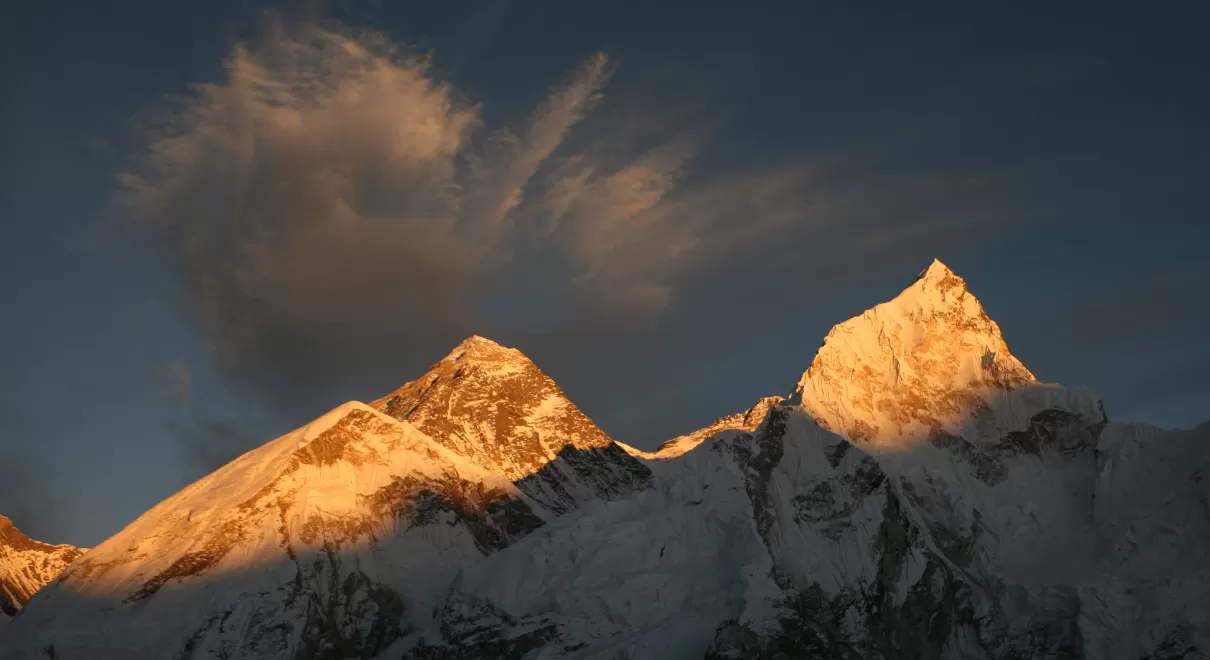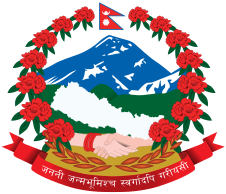Trek the Himalayas

Trek the Himalayas is a trek of some of the most spectacular landscapes in the world. The trek takes you through an extraordinary adventure with stunning mountain views, real cultural interactions, and challenging experiences that make the trek so fulfilling and one of the best adventures of all time.
Why Trek the Himalayas?
Himalayan trekking is the ultimate mountain adventure, with activities for all, from gentle family strolls to high-altitude climbs. Himalaya trek opportunities cover a range of nations such as Nepal, India, Bhutan, and Tibet, each offering a unique cultural and geographical experience.
Is trekking in the Himalayas worth it? The answer is readily given by the millions of visitors who come back year on year. The snow-clad mountains, the unspoiled valleys, the ancient monasteries, and the welcoming mountain villages all add together to make it an experience way above the usual hiking vacations.
Top Himalayan Treks for Every Adventure Enthusiast
Renowned Himalayan Trekking Trails
Himalayan trekking offers routes for every level of experience:
Everest Base Camp Trek: The most popular Himalaya trek, with stunning scenery and vistas of the highest mountain in the world
Annapurna Circuit: A classic Himalayas trek tour with diverse landscapes and cultures
Langtang Valley Trek: Suitable for those looking for a shorter but equally rewarding Himalayan trek
Manaslu Circuit: A less-traveled trek for experienced trekkers
Family-Friendly Options
A Himalayas family trek does not have to be intimidating. There are several routes that are perfect for family outings with children:
Ghorepani Poon Hill Trek: Short duration with stunning sunrise view
Helambu Trek: Moderate difficulty with cultural orientation
Kathmandu Valley Rim Trek: A great intro to Himalayan trekking
Trekking the Himalayas: Physique Needs
Understanding the fitness levels is crucial for the success of your trip. Most Himalayan treks demand:
Cardiovascular endurance: 3 to 4 months of consistent hiking, running, or cycling before leaving. Leg strengthening: Give most attention to squats, lunges, and climbing stairs
Psychological preparation: Building resistance to unfavorable weather and terrain conditions
Altitude acclimatization: Gradual ascent and sufficient rest days
The fitness level required varies significantly for different best Himalayan treks. While some routes require the highest level of physical fitness, others can be completed by moderately fit hikers with proper preparation.
Trek the Himalayas Food Experience
Himalayas trek cuisine is all included in the adventure. The mountain cuisine varies from region to region, but usually includes
Dal Bhat: The National dish of Nepal provides long-lasting energy
Tibetan specialties: Thukpa, momos, and yak cheese dishes
International options: Most teahouses serve pasta, pizza, and other well-known comfort foods
Nutrition at high altitude: Emphasis on carbohydrates and hearty, warm meals
More critical at higher altitudes are nutrition and food safety because your body will need more calories and adequate fluid to perform at its best.
Planning Your Himalayan Adventure
Best Time to Trek
It matters a great deal when you trek to the Himalayas:
Spring (March-May): Rhododendron flowering and clear mountain views
Autumn (September-November): Relatively stable weather and excellent visibility
Winter: Limited to low-altitude treks with equipment appropriate for cold weather
Monsoon: Typically not visited due to heavy rains and cloud cover
Required Preparations
Successful Himalayan trekking requires careful planning:
Permits and documentation: Check required permits along your intended route
Good gear: Invest in good-quality boots, clothing layers, and sleeping systems
Travel insurance: It should have coverage for high-altitude trekking and evacuation
Physical preparation: Begin exercising at least 12 weeks before you leave
Responsible Trekking and Cultural Immersion. A Himalayan trekking tour has tremendous cultural exchange opportunities. Be respectful of local ways, support community tourism, and utilize Leave No Trace principles to help preserve these beautiful mountains for coming generations.
In conclusion,
By trekking the Himalayas, you embark upon an experience to push your physical limits while your soul fills to the brim with unrivaled scenic beauty. Preparing for a family trek the Himalayas or training in advance for a solitary adventure, proper preparation in the form of careful planning, physical fitness preparation, and attention to the mountain environment will make your Himalayan experience one to last a lifetime.
The Himalayas call—will you take up the challenge?


.png)
.png)






